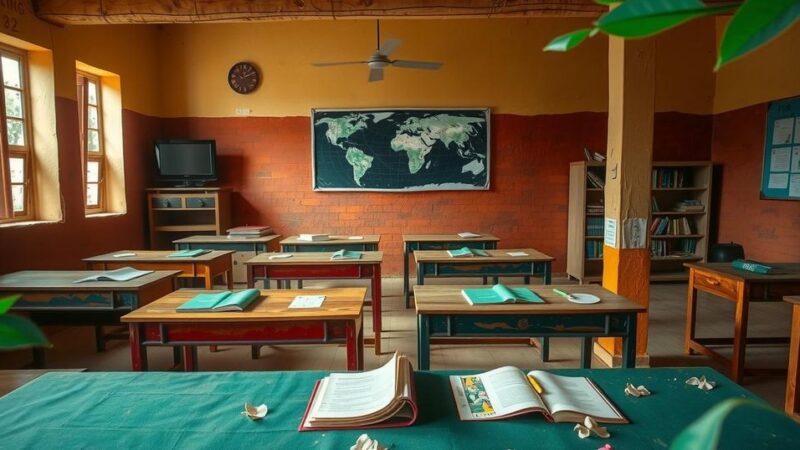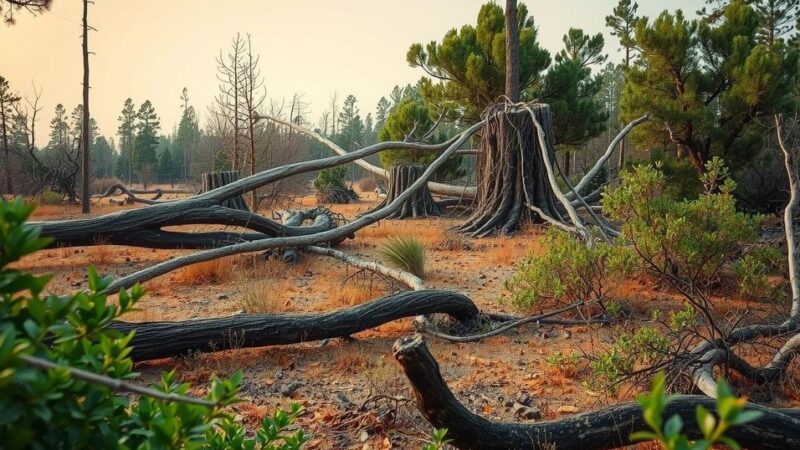This article addresses common questions regarding earthquakes, focusing on their occurrence, predictability, types, and safety measures. Experts emphasize the significant risks associated with these natural disasters and the importance of public preparedness, especially in earthquake-prone regions. Understanding the necessary precautions can mitigate risks and enhance safety during seismic events.
Earthquakes remain one of the most destructive natural disasters faced globally. Recent research by Intersec has identified that countries such as the Philippines, United States, India, Jamaica, United Kingdom, and Australia exhibit the highest frequency of earthquake-related inquiries on social media platforms. Experts have compiled responses to these questions to enhance public knowledge and preparedness for such events.
A primary concern among individuals is the geographical prevalence of earthquakes, which are predominantly concentrated in the Pacific Ring of Fire, accounting for approximately 90 percent of seismic activity. Nations such as Japan, Indonesia, China, Iran, and Turkey are notably vulnerable to such occurrences. Regarding predictability, advancements in technology have facilitated a better understanding of seismic patterns; however, the exact timing of earthquakes cannot yet be foreseen. It is acknowledged that tectonic plate movement remains largely unpredictable, though scientists can detect preliminary P-waves that might alert individuals to impending stronger S-waves.
An example of effective early warning technology can be seen in Japan, which has integrated a sophisticated earthquake warning system utilizing thousands of Internet of Things (IoT) sensors. This system provides real-time seismic data, enabling quick notifications when tremors exceed critical levels. Countries situated along the Pacific Rim are significantly investing in these systems to bolster awareness and preparedness among their populations.
Further inquiries revealed interest in specific types of earthquakes, notably megathrust earthquakes, which occur at subduction zones and can reach magnitudes of 9.0 or higher, causing extensive destruction, especially in regions surrounding the Pacific and Indian Oceans.
In light of these concerns, experts stress the importance of safety measures before, during, and after an earthquake. Individuals are advised to secure heavy furniture in their homes to prevent movement and damage, establish evacuation routes, and ensure essential supplies are adequately stocked. During an earthquake, the recommended protocol is to “Drop, Cover and Hold On,” while remaining away from windows and refraining from movement during the seismic event.
Post-earthquake, individuals should first assess any damages and potential injuries, and if feasible, turn off utilities to prevent hazards. Venturing back into damaged structures is discouraged due to the risk of additional danger from aftershocks and instability, alongside the imperative to remain vigilant around downed power lines and compromised water mains.
Preparedness before earthquakes significantly mitigates risks and ensures necessary emergency supplies are available depending on the severity of the situation.
Earthquakes are characterized by the sudden release of energy in the Earth’s crust, resulting in seismic waves that can cause substantial destruction. Various countries around the world, particularly those located near tectonic plate boundaries, are prone to seismic activity. Due to their potential for severe impacts, public awareness and preparedness are crucial in regions susceptible to earthquakes. Through research and advancements in technology, experts have sought to facilitate better understanding and readiness among affected populations. This article addresses frequently asked questions surrounding earthquakes, encompassing their occurrence, predictability, types, and safety measures.
In conclusion, earthquakes pose a significant threat globally, particularly in regions along the Pacific Ring of Fire. While advances in technology enable early detection and warnings, the unpredictability of these natural disasters necessitates continuous public education and preparedness. By securing their environments and adhering to safety protocols, individuals can significantly reduce risks associated with seismic events. Awareness and preparation are essential in safeguarding lives and minimizing damage during earthquakes.
Original Source: www.si.com






